In the vast expanse of the wilderness, where the beauty of nature meets the unpredictability of the outdoors, being prepared with first aid knowledge is not just useful—it’s essential. Venturing into remote areas, far from the immediate reach of medical services, requires a blend of preparation, knowledge, and the ability to respond effectively to emergencies. This comprehensive guide to Wilderness First Aid Basics is designed to equip outdoor enthusiasts, adventurers, and survivalists with the necessary skills to manage health emergencies when professional medical help is not immediately available.
Introduction to Wilderness First Aid
Wilderness First Aid (WFA) is the specific practice of medicine where resources are limited, and help is far away. It’s about making do with what you have and knowing how to improvise solutions in challenging situations. Understanding the basics of WFA is crucial for anyone who spends time in remote areas, from hikers and climbers to backcountry skiers and campers.
The Wilderness First Aid Kit
Essential Items
A well-stocked Wilderness First Aid Kit is your first line of defense in an emergency. It should include, but not be limited to:
- Adhesive bandages of various sizes for minor cuts and scrapes.
- Sterile gauze pads and adhesive tape for larger wounds.
- Antiseptic wipes and antibacterial ointment to prevent infection.
- Non-latex gloves to protect both the caregiver and the patient.
- Scissors and tweezers for cutting tape, gauze, or removing debris from wounds.
- A splinting material for immobilizing fractures or sprains.
- Oral rehydration salts and water purification tablets for hydration and illness prevention.
- A CPR mask for safe resuscitation.
Optional Additions
Depending on the length of your trip and the size of your group, consider adding:
- A comprehensive first aid manual for reference.
- Prescription medications if applicable.
- A thermometer for monitoring fever.
- An emergency blanket for treating shock or hypothermia.
Assessment and Prioritization of Care in the Wilderness

Primary Assessment
The primary assessment in Wilderness First Aid is focused on identifying and addressing immediate life-threatening conditions. This includes ensuring the patient’s airway is clear, they are breathing, and their circulation is sufficient (the ABCs: Airway, Breathing, Circulation).
Secondary Assessment
Once the ABCs are secured, perform a detailed head-to-toe examination to identify other injuries or conditions that may not be immediately life-threatening but require attention.
Handling Common Wilderness Injuries
Lacerations and Abrasions
Clean the wound with clean water and antiseptic wipes. Apply pressure to stop bleeding and cover with sterile gauze. If necessary, use adhesive tape or bandages to secure the gauze.
Sprains and Fractures
Immobilize the injured limb with a splint. Avoid moving the patient more than necessary. Elevate and apply cold packs if available to reduce swelling.
Bites and Stings
Remove stingers if present. Clean the area and apply a cold pack to reduce swelling. Monitor for signs of allergic reaction, including difficulty breathing, swelling of the face or lips, or hives.
Managing Wilderness Medical Emergencies
Hypothermia and Frostbite
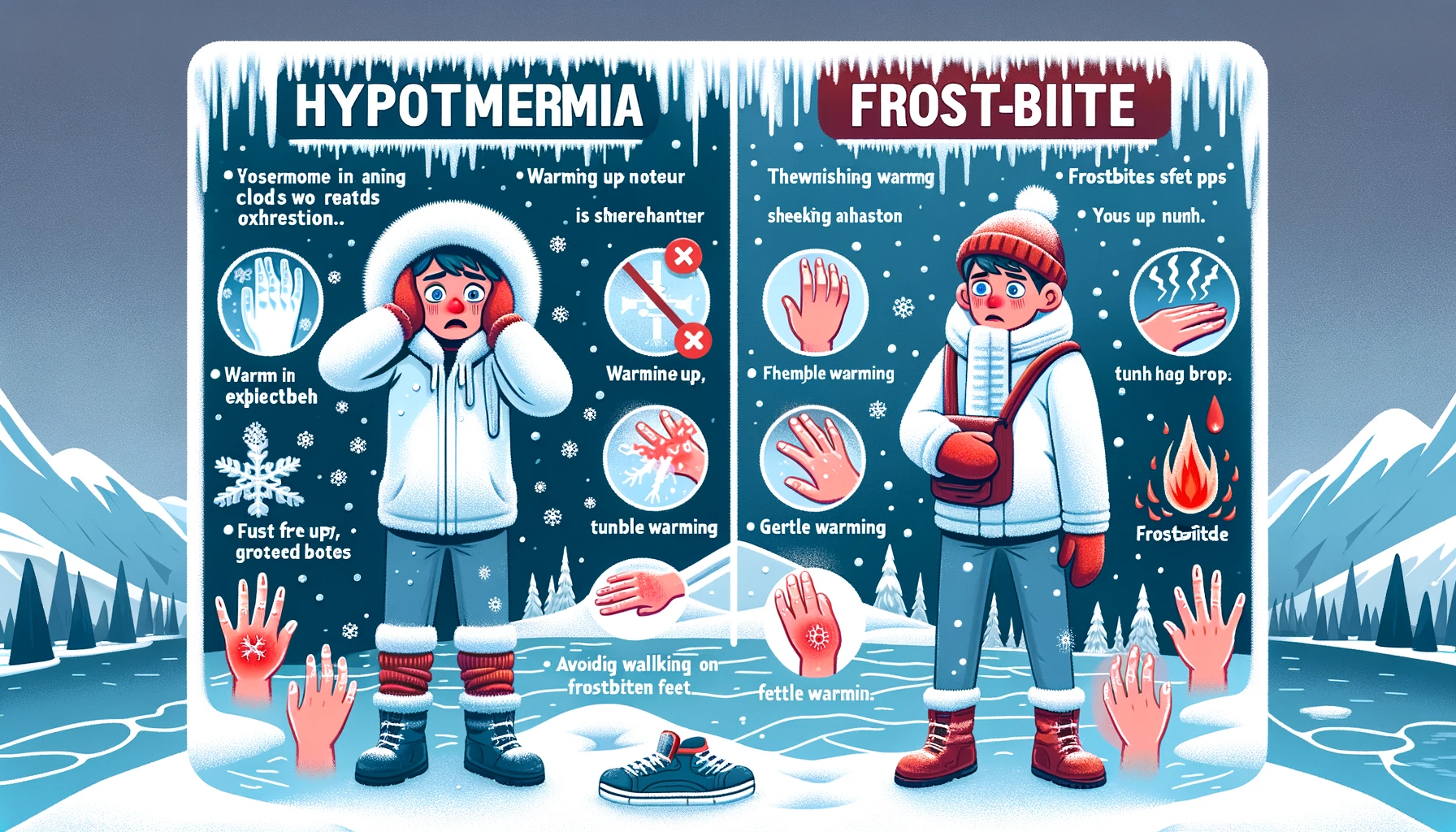
For hypothermia, remove wet clothing, and wrap the patient in warm blankets. If conscious, give warm (not hot) drinks. For frostbite, gently warm the affected area but do not rub it.
Heat Exhaustion and Heat Stroke
Move the patient to a shaded area. Cool them with wet cloths or a bath in cool water if possible. Provide hydration with water or sports drinks.
Altitude Sickness
Descend to a lower altitude if symptoms (headache, nausea, dizziness) persist. Keep the patient hydrated and rest until symptoms improve.
Wilderness First Aid Techniques
Splinting
Use available materials (e.g., branches, trekking poles) to immobilize the affected limb. Ensure the splint does not cut off circulation by checking for warmth and color beyond the splint.
Bandaging
Apply direct pressure to wounds with sterile gauze. Wrap securely but not too tightly with bandages to hold dressings in place and support sprained joints.
CPR and AED Use in the Wilderness
Familiarize yourself with CPR and consider carrying a lightweight, portable AED if possible. Remember, CPR in the wilderness is physically demanding and should only be performed if you are trained.
Evacuation and Getting Help
When to Evacuate
Evacuate immediately if the patient:
- Shows signs of a severe allergic reaction.
- Has a suspected spinal injury.
- Is experiencing symptoms of severe altitude sickness.
- Exhibits signs of a life-threatening medical condition.
Signaling for Help
Use a whistle, mirror, or make a visible signal in an open area to attract attention. If possible, send a GPS location via a satellite messenger.
Things to consider for wilderness first aid
Wilderness First Aid is a vital skill set for anyone venturing into remote areas. By preparing with the right knowledge and supplies, you can ensure that you and your companions can address medical emergencies effectively, even miles from the nearest road. Remember, the best way to handle an emergency is to prevent it. Always plan ahead, stay within your limits, and never venture into the wilderness unprepared.
Resources for Further Learning
Consider taking a certified Wilderness First Aid course to gain hands-on experience and deeper knowledge. Many organizations offer courses designed for outdoor enthusiasts of all levels. Additionally, there are numerous books, online resources, and community workshops available to enhance your skills and preparedness for wilderness adventures.
By embracing the principles of Wilderness First Aid, you equip yourself not only with the tools to respond to emergencies but also with the confidence to explore the great outdoors safely and responsibly.

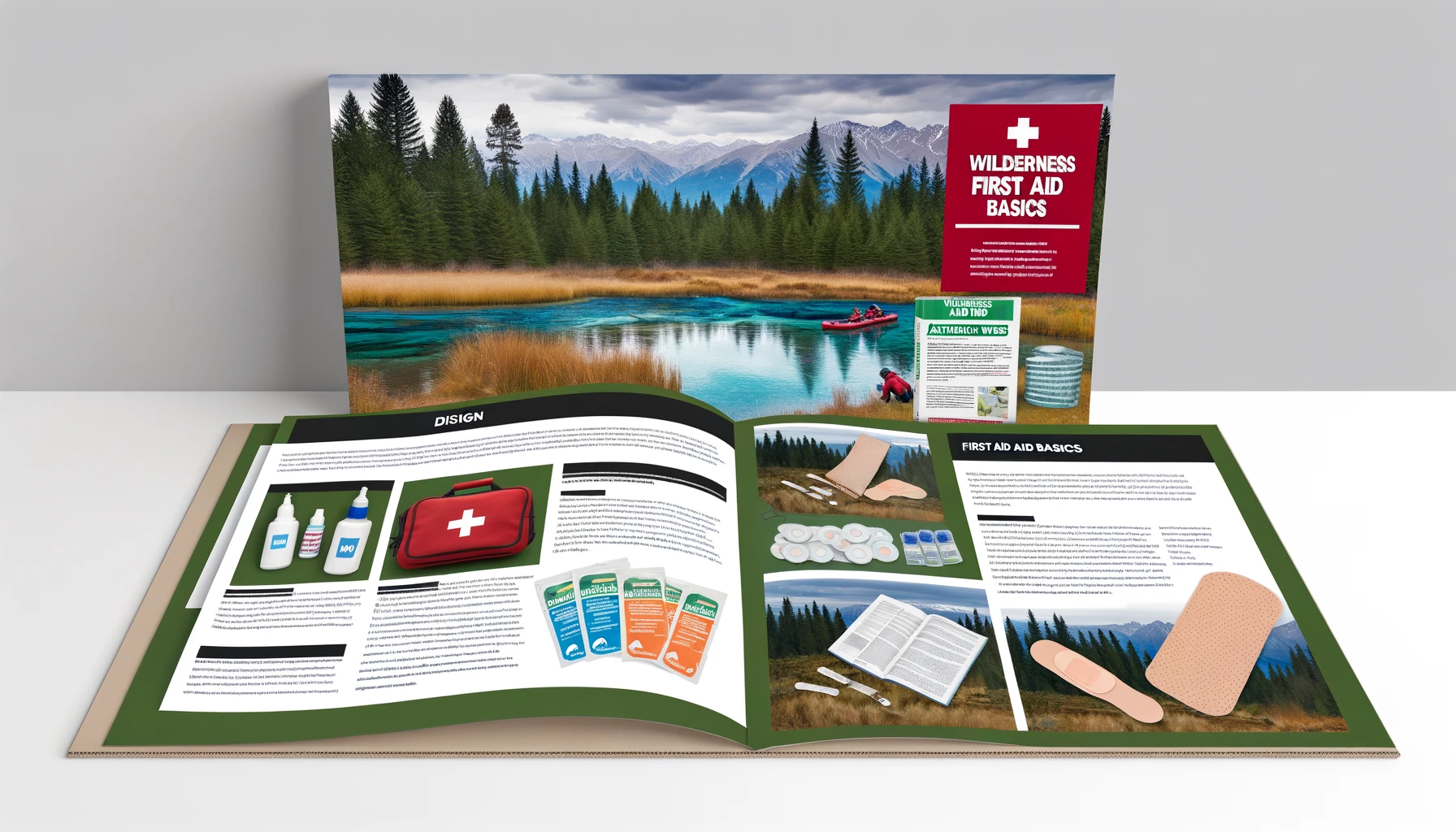

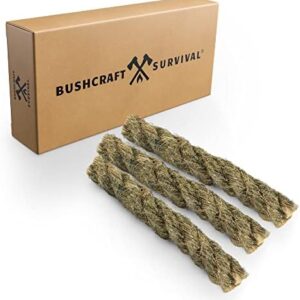
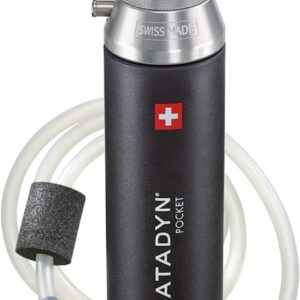
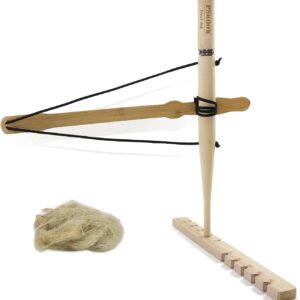

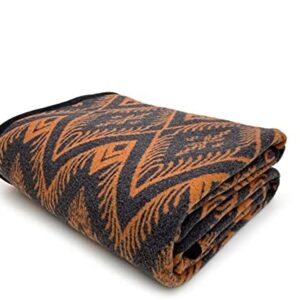
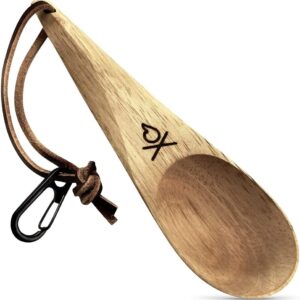

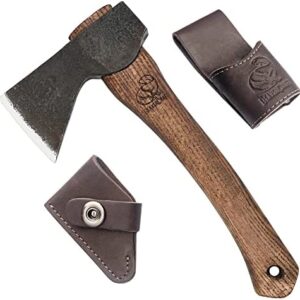
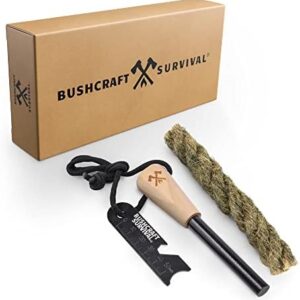
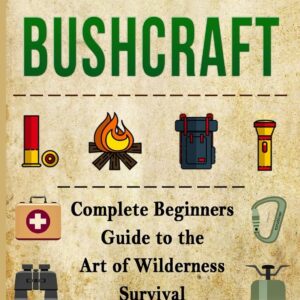
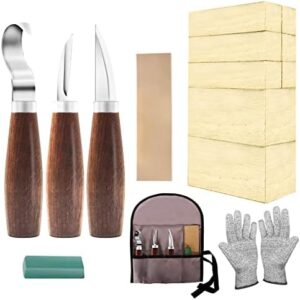
0 Comments